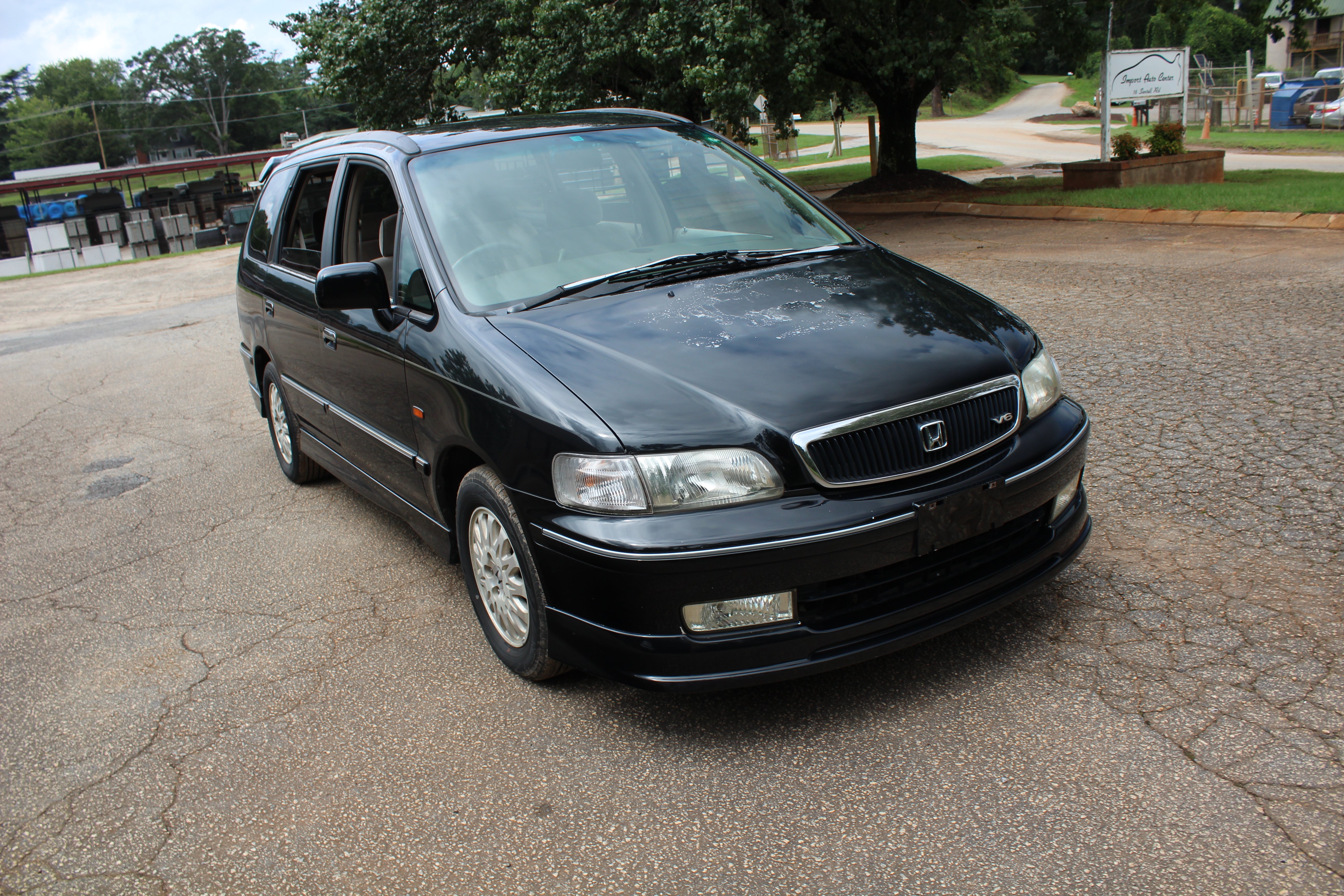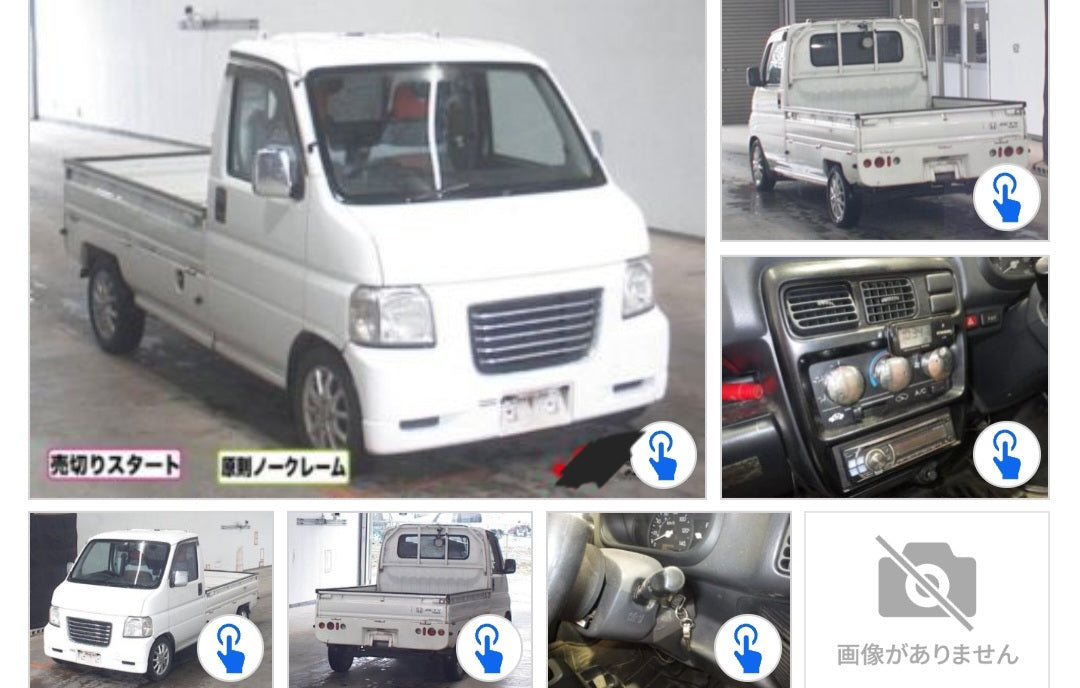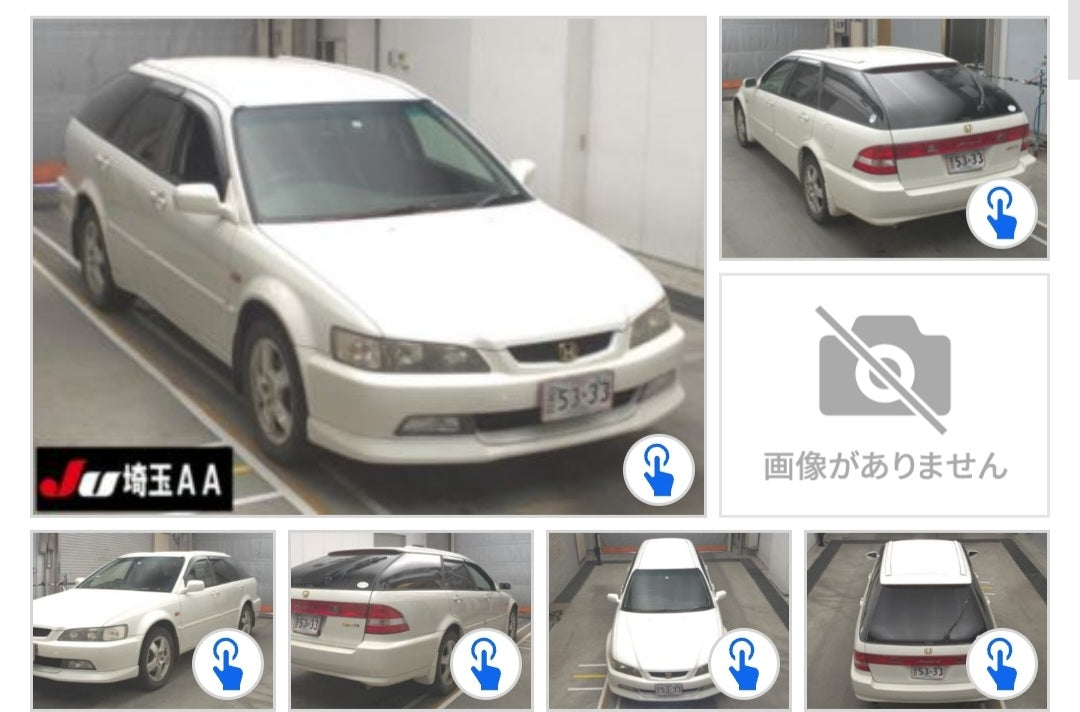JDM 92 Honda Inspire 25X Fully Loaded Luxury Line RHD Sedan with 77k miles
This Honda Inspire has the inline 5 Cylinder G25A 2.5L Engine with a Automatic Front Wheel Drive Transmission, car is fully loaded from Honda runs and drives great. This 5 cylinder really does run smooth down the road. Great car
Some flaws like the small scuff on front right A pillar, small scuffs on top of rear bumper, and a ding in the rear right quarter as pictured. The AC will need a charge it still has the good old R-12 in it so thats why i didnt get it charged and converted to R-134. Passenger seat has a cigarette burn on it.
Contact Rob 864-505-5621 for any questions
On October 12, 1989, the Honda Accord Inspire was introduced. The platform was shared with the Honda Vigor, a JDM Honda Accord derived five-cylinder luxury sedan available only at Honda Verno dealerships. The Inspire was introduced before the recession developed in Japan in the early 1990s (known in Japan as the "bubble economy"), and Honda wanted a car that would compete with the Toyota Cresta and Nissan Laurel, with the unique inline 5-cylinder Honda G engine, in a front-wheel-drive configuration. This 5-cylinder engine was also used in the JDM Honda Rafaga, which was a shorter sedan shared with the second generation Honda Ascot. In Japan, the smaller G20A engine used regular grade fuel, while the larger G25A engine used premium grade fuel.
The body style was a four-door hardtop, but it wasn't a true hardtop, using a "B" pillar between the front and rear passenger compartments, and instead it used frameless doors. The Inspire was available in two versions; a shorter and narrower version badged as the Accord Inspire, with a G20A 2.0L engine in compliance with Japanese vehicle size requirements for cars classified as "compact". The CB5 Inspire was offered in three trim levels, the base AZ-i with manual transmission, AG-I with fog lamps and optional sunroof as well as central locking, and the top spec luxury AX-I with leather upholstery, more safety features and full cruise control as well as power seats. A longer and wider version with the 5 cylinder G25A 2.5L engine debuted in early 1992, similar in dimensions to the first generation Legend. The larger CC2-CC3 Inspire was a mild refresh of the first CB5 Inspire, featuring updated full-width boot lamps (the updated Vigor had conventional single lamp units) with less chrome, larger bumpers with new wrap-around cornering lamp design (instead of the optional separate units like the CB5) and mesh alloy wheels. Following the 1992 refresh, the Inspire offered fewer trim levels and the inline-five received upgrades (power was up from 118KW to 140KW). The CC2 Inspire shared more features with the Acura Vigor under a 'wide-body' marketing campaign with minor differences.
The Inspire offered a luxurious approach to the interior as a lower price alternative to the top level Legend, and both vehicles were sold at Honda Clio dealerships. Interior appearance was provided by the Japanese furniture company, Tendo Mokko, offering unique leather interior and a choice of genuine wood inserts for the dashboard and center console.
The SOHC four valves per cylinder G20A inline-five engine was all new, with a choice of 2.0 L or 2.5 L engine displacement. Japanese buyers had a choice of two engine displacements which was a consideration as to how much annual road tax they were willing to pay. The car with the larger engine had a much higher level of standard and luxury equipment to justify the expense.
The transmission is attached behind the engine, with a driveshaft that sends power to the front of the car to an asymmetrically installed limited-slip differential which then supplies power to the front wheels using half shafts; this allowed the powertrain to remain slightly behind the front wheels. This also gave the car a 60:40 front to rear weight distribution. The turning radius of the Inspire also was not as tight as its competitors due to the use of Constant-velocity joint installed on the front axle half shafts, but the Inspire did have an advantage in adverse traction conditions.


























































